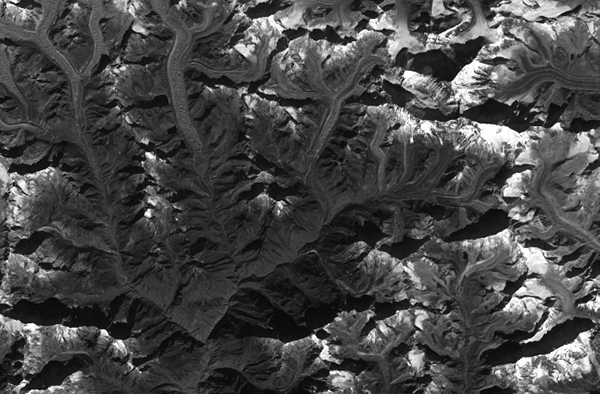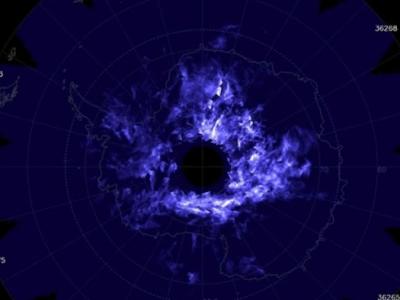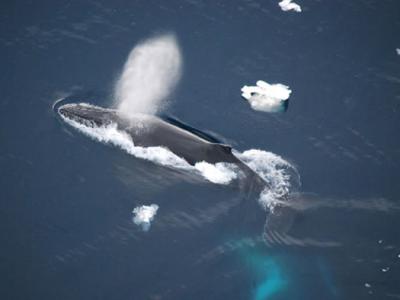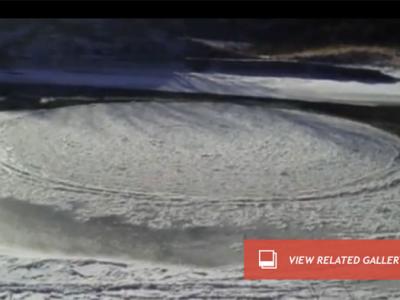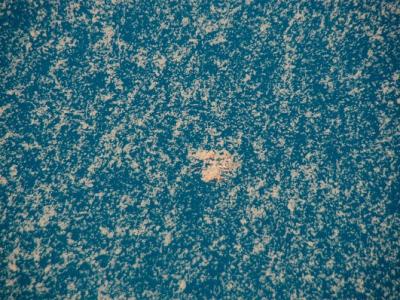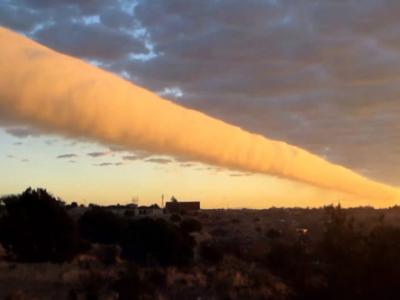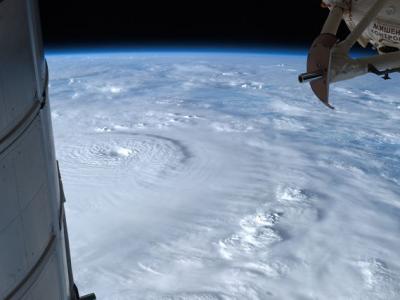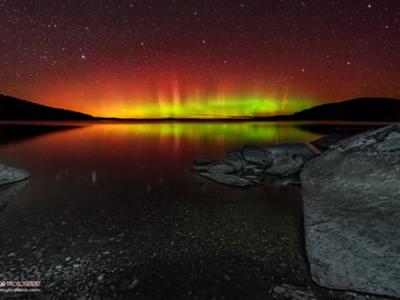Invisible Glaciers Seen From Space
Invisible Glaciers Seen From Space
Humans have good eyes, but they can’t see everything. Just beyond the edges of our visible spectrum are loads of colors we can only detect with artificial eyes. When those eyes are in orbit, we get a particularly interesting new view of things.
In today’s case it’s a section of the Himalayas as seen in three different infrared bands and made available via NASA’s Earth Observatory. What makes it especially fun is that there are glaciers and rocks, and rocks and dust on glaciers and a variety of elevations — all of which affects the infrared images and reveals otherwise invisible facets of glaciers.
These images were taken by the Advanced Spaceborne Thermal Emission and Reflection Radiometer (ASTER) instrument which was built by Japan’s Ministry of Economy, Trade, and Industry for NASA’s Terra satellite. It sees six bands of shortwave infrared and five bands of thermal infrared.
In the top center of these images are the Ngozumpa and Khumbu glaciers of Nepal, as they appear in three of ASTER’s spectral bands. The near-infrared band is the highest resolution band –15 meters per pixel in the near-infrared. The shortwave infrared is a tad more fuzzy with 30 meters per pixel and the thermal infrared gets just 90 meters per pixel, making it look a little out of focus.
For more on exactly how at least one glacier researcher uses these images, see the NASA video on Kimberly Casey’s work.(Jul 25, 2013 10:25 AM ET // by Larry O'Hanlon)
